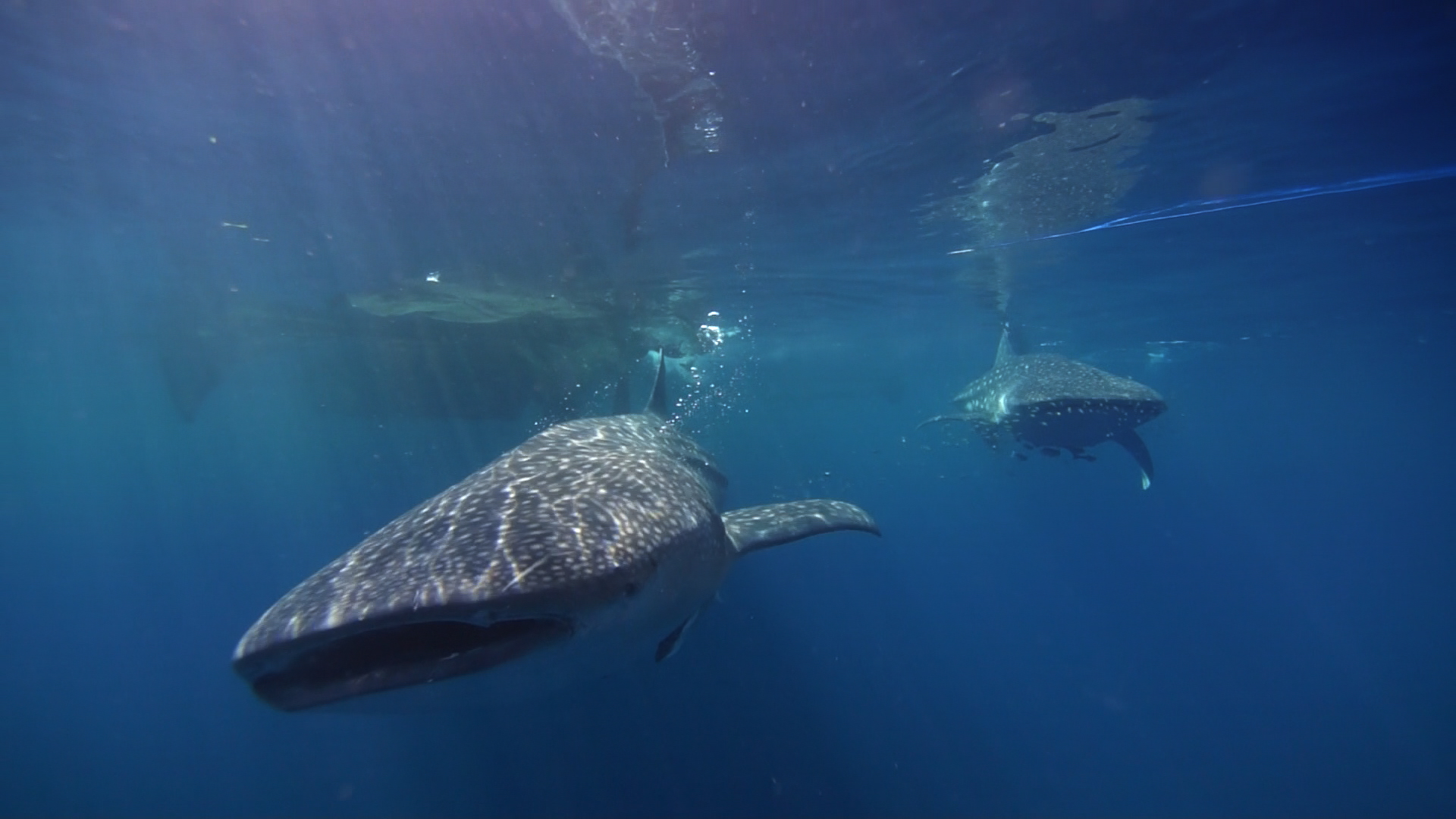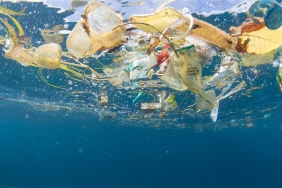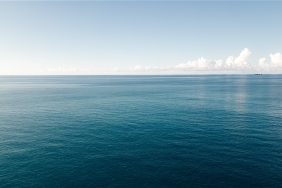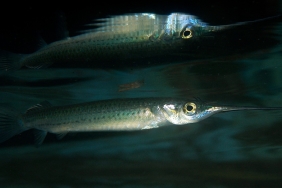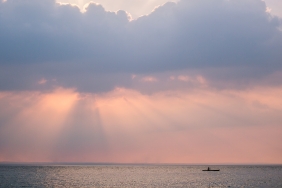THERE ARE RULES FOR INTERACTING WITH WHALE SHARKS!
By: Natalia Trita Agnika
Despite its enormous size, the whale shark is known to be quite friendly and gentle. It is a docile shark whose main diet is plankton and small fish such as anchovies (filter feeder). Even this fish, whose scientific name is Rhincodon typus, does not avoid contact with humans around it. This friendliness makes whale sharks a tourist attraction.
In Indonesia, this giant fish is often found in Papua, Maluku, North Sulawesi, Flores, Alor, Nusa Tenggara, Bali, Probolinggo, Situbondo, Berau, West Kalimantan, and Sabang. Yes, Indonesia is one of the migration routes of whale sharks. One of the favorite locations to see whale sharks is in the waters of Kwatisore, Cenderawasih Bay National Park, West Papua. In this place, whale sharks are present throughout the year.
[Video: Knowing Teluk Cenderawasih National Park]
The opportunity to interact with whale sharks is an extraordinary experience that will never be forgotten. But sometimes that special experience makes tourists less wise. Some swim too close, some try to hold, some even ride it. In addition to endangering themselves, such actions will also have a negative impact on whale sharks.
Why do we need to protect this gentle giant? The whale shark's very slow growth has made it endangered. Its slow movement also makes it an easy target for poaching, bycatch and ship strikes. Since May 20, 2013, the Ministry of Maritime Affairs and Fisheries of the Republic of Indonesia (KKP RI) issued a full protection status for whale sharks through the Decree of the Minister of Maritime Affairs and Fisheries (KepMen KP) No. 18 of 2013.
Therefore, special guidelines are needed to interact with whale sharks. What do we need to do when interacting with whale sharks? Let's take a look at the video guide and share it so that more people realize the importance of interacting with whale sharks correctly.

